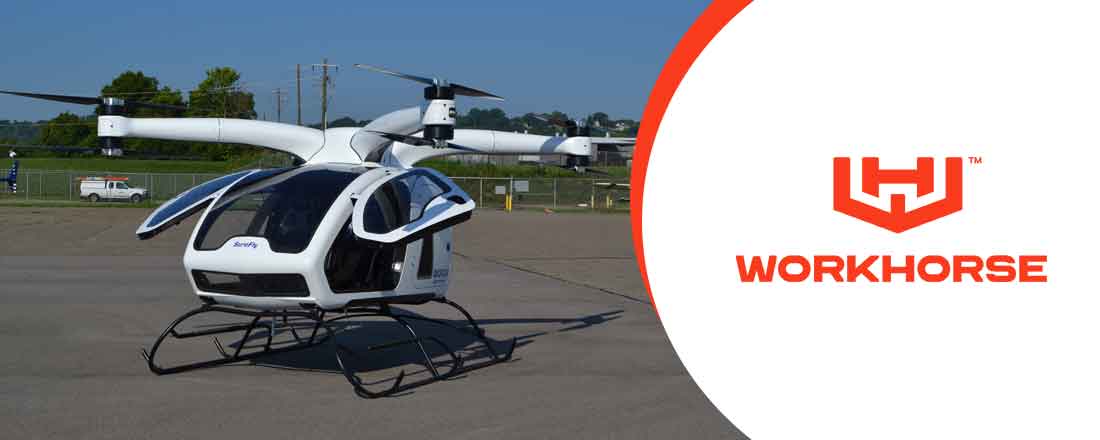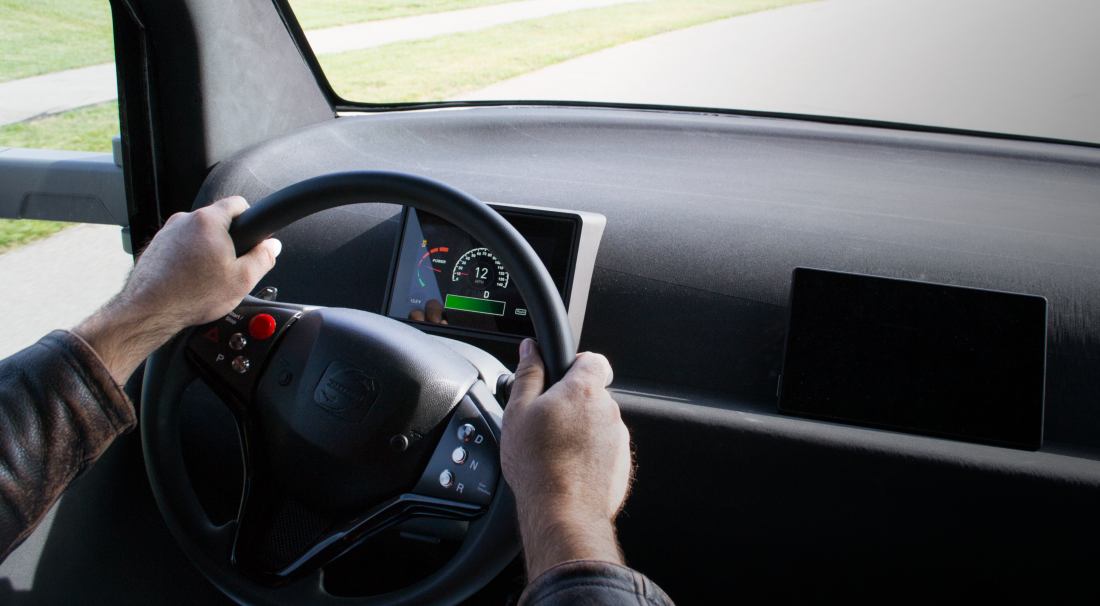
Although consumers are only recently embracing electric vehicles, Workhorse has been perfecting this technology for over a decade. Workhorse started out converting gasoline-powered vehicles into electric cars. Soon they applied this technology to the commercial sector and discovered an opportunity to transform an industry.
I recently had an opportunity to Jeff Bennett, Aerospace Project Manager at Workhorse. We discussed how their battery technology is transforming multiple industries.
What’s the Main Idea Behind Workhorse?
The founder and CEO, Steve Burns, started AMP in 2007. At the time, his team was focused on converting gasoline vehicles to all electric. A popular vehicle to convert was the Saturn Sky.
Steve realized that the market was limited, so he set his sights on adopting his technology to the commercial truck and van market. Once a proof of concept was perfected, they acquired Workhorse to manufacture the designs. The first vehicle was an all-electric postal delivery truck.

Customers soon wanted “a few extra miles” and to eliminate “range anxiety.” The Workhorse team developed a hybrid gasoline engage that would fuel a generator that charged the batteries in between driver stops.
A Variety of Applications
When you look at the Workhorse suite of products, you may think that they aren’t related. However, they are all different applications of the same baseline technology. This cross-platform application of technology diversifies Workhorse’s revenue streams. And, even more important, it builds an array of products for the changing logistics and transportation industries to ensure Workhorse remains competitive.
Workhorse N-GEN 1000 Vans
The N-GEN family of vans is the next generation of delivery vehicles. Offering four cargo sizes ranging from 250 to 1,000 cubic feet. It is a lightweight electric delivery vehicle offering a 100-mile range with curb weight of only 4,000 lbs. This is less than half of the weight of diesel vans offering the same cargo space.
Workhorse E-100 Vans
The E-100 all-electric delivery vans are designed to revolutionize your last-mile delivery needs. They offer significant fuel and maintenance savings while providing uncompromised performance for your fleet. Workhorse even offers an 8-warranty on the battery packs. Estimates show that the E-100 delivery vans deliver more than $150,000 in savings in total cost of ownership. This is achieved through a 400% improvement in fuel efficiency and a more than 60% reduction in maintenance expense.

W-15 Pickup
The W-15 pickup from Workhorse is the first plug-in range-extended electric pickup built from the ground up by an OEM. Panasonic lithium-ion battery cells provide an 80-mile all‑electric range. The W-15 also comes equipped with an external 7.2 kw power outlet to provide up to 30 amps directly from the vehicle battery pack. This provides additional powe to get the job done even when external power isn’t available.
Surefly
The Workhorse Sureflyaero is a personal helicopter/eVTOL aircraft designed for safe and easy flight. It has a capacity of two people and has an endurance up to hours when flying solo. Currently, it requires a pilot to operate. Workhorse is working with the FAA to reduce the time and cost of becoming certified to fly the Surefly.
Horsefly
Amazon may have made the news for the potential of drone delivery, but Workhorse is making it a reality. In fact, UPS has partnered with Workhorse for “last-mile” delivery using the Horsefly. UPS estimates that the reduction of just one mile per day per driver can save the company up to $50 million annually.
The Horsefly operates autonomously of the driver within a 2-mile radius of the delivery vehicle. The drone flies 350 feet above ground level to its destination, then descends to 15 feet above the ground. It then lowers a weather-resistant package down via winch and sets the package gently on the ground. The recipient is notified of the delivery and can view a picture of the package and video of the delivery process.
Increased Adoption in 2019
Workhorse has been testing their electric delivery vans with UPS and Federal Express in real-world scenarios throughout 2018. The feedback has been incredibly positive with lower maintenance costs. Electric vehicles do not have traditional transmissions that gasoline engines have. Additionally, regenerative braking reduces wear and tear on vehicle brakes.
With this positive momentum, Workhorse is ready to handle a full-scale rollout of their electric vans to delivery companies in 2019. They have production facilities in Union City, Ohio and Loveland City, Ohio that can ramp up to meet the expected demand.
Why Workhorse Over Competitors?
Workhorse estimates that their fleet of vehicles has collectively driven more than 10 million miles. This proven track record shows the reliability of their products and designs. All-electric designs are a future opportunity, but the battery technology is not there yet. Hybrid vehicles are the best antidote for range anxiety.
Click here if you’d like to learn more about Workhorse and their fleet of commercial vehicles.
